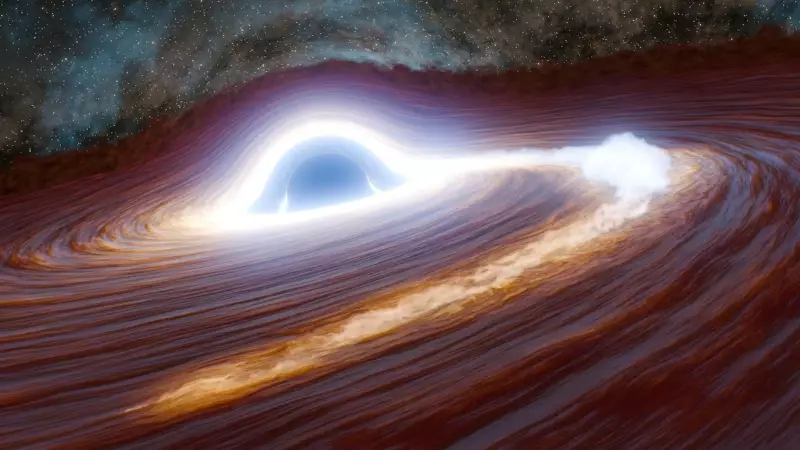
In a groundbreaking discovery that has sent shockwaves through the astronomical community, researchers have detected the largest and most distant black hole eruption ever recorded in the history of space observation. This colossal cosmic event, which occurred when the universe was merely a toddler, is rewriting our understanding of how these mysterious celestial objects behave.
The Colossal Cosmic Detonation
Imagine an explosion so powerful that it dwarfs every stellar event ever witnessed. This recently detected black hole flare represents an energy release of unprecedented scale, emanating from a supermassive black hole located billions of light-years away from Earth. What makes this discovery particularly astonishing is that we're witnessing events that occurred when the cosmos was in its early developmental stages.
Peering Back Through Cosmic Time
Using some of the world's most advanced telescopes and observational technology, astronomers have essentially created a time machine, allowing them to look back across eons of cosmic history. The detected flare provides crucial evidence about how supermassive black holes interacted with their surrounding environments during the universe's formative years.
Key Revelations from the Discovery
- Unprecedented Scale: The energy output surpasses any previously recorded black hole activity
- Ancient Origins: The event dates back to when the universe was only about 6% of its current age
- Growth Patterns: Reveals new insights into how early supermassive black holes accumulated mass
- Environmental Impact: Demonstrates how these cosmic monsters influenced galaxy formation
Revolutionizing Our Cosmic Understanding
This extraordinary observation challenges existing theoretical models about black hole behavior and growth rates. The sheer intensity of the flare suggests that early universe black holes were far more active and violent than previously theorized, potentially forcing scientists to reconsider fundamental aspects of astrophysics and cosmic evolution.
The detection was made possible through coordinated observations across multiple wavelengths and international collaboration between research institutions. As analysis continues, astronomers anticipate that this cosmic revelation will open new chapters in our understanding of the universe's most enigmatic objects and their role in shaping the cosmos we observe today.





